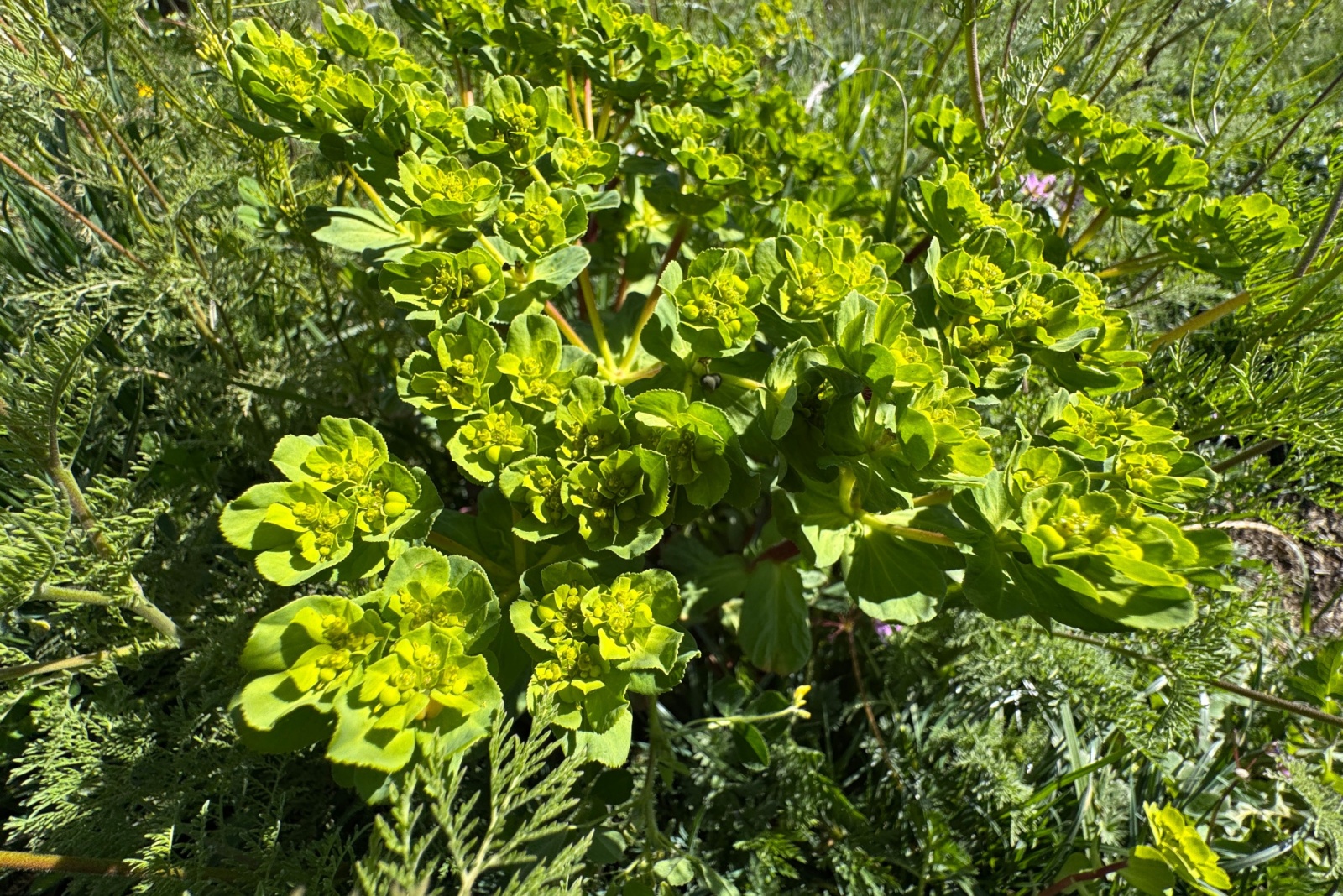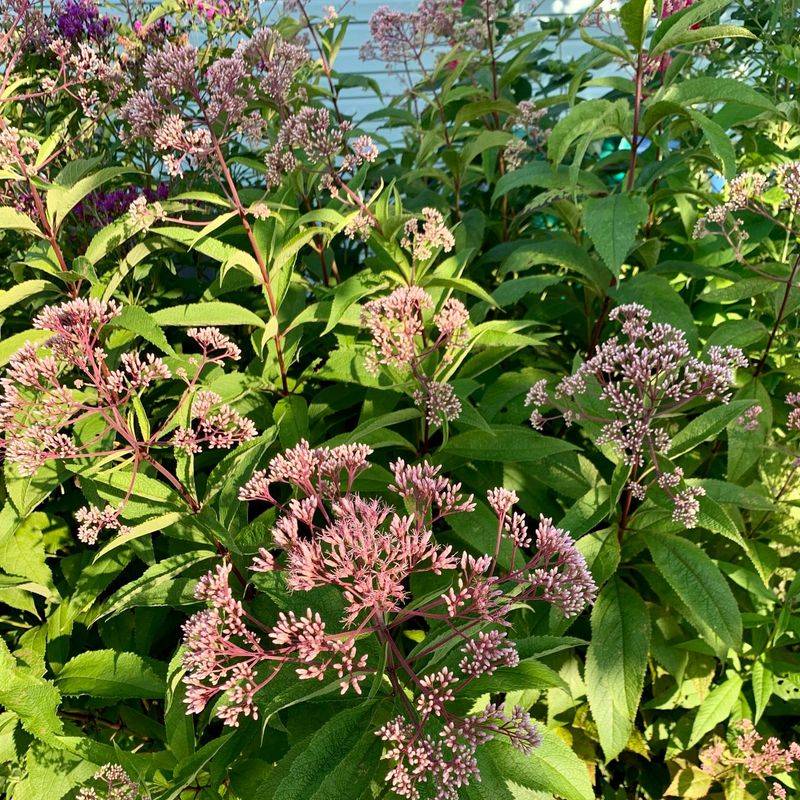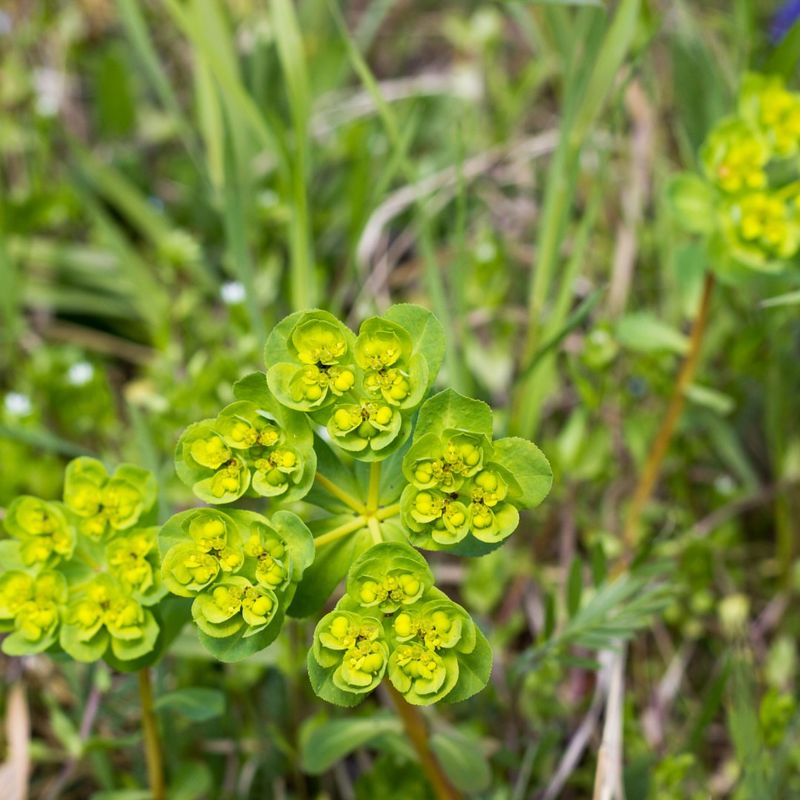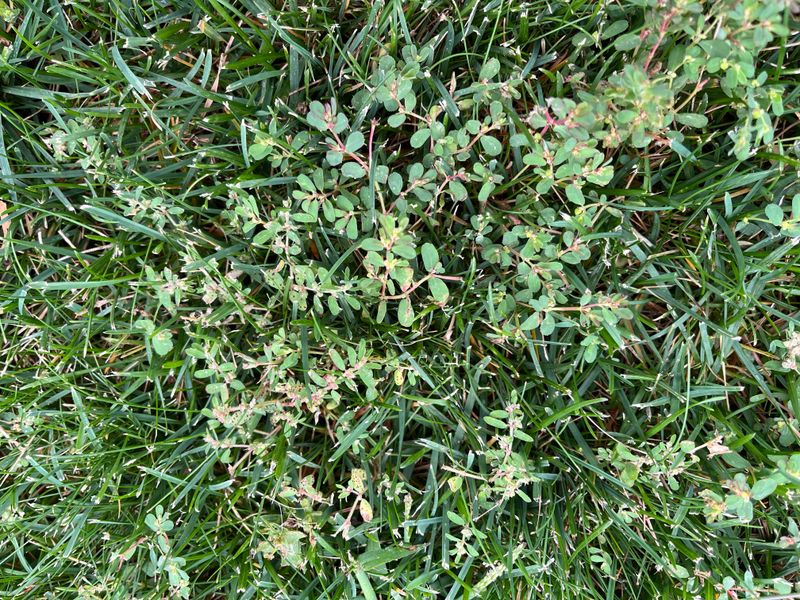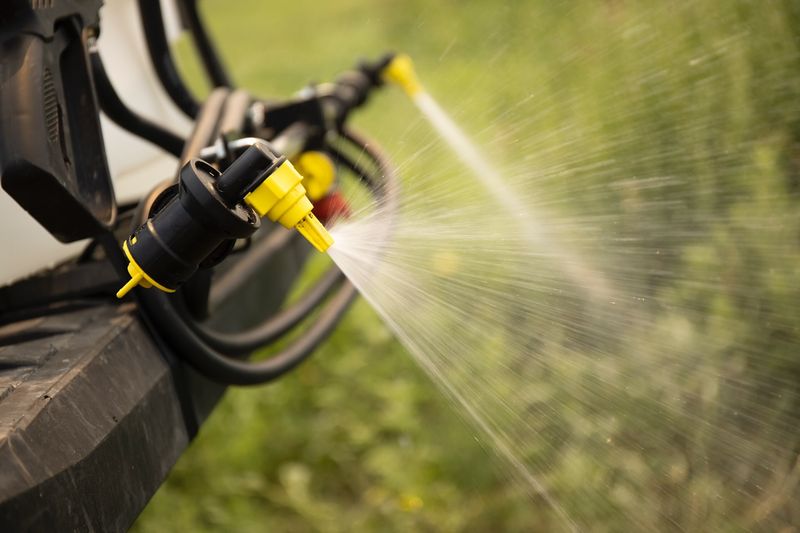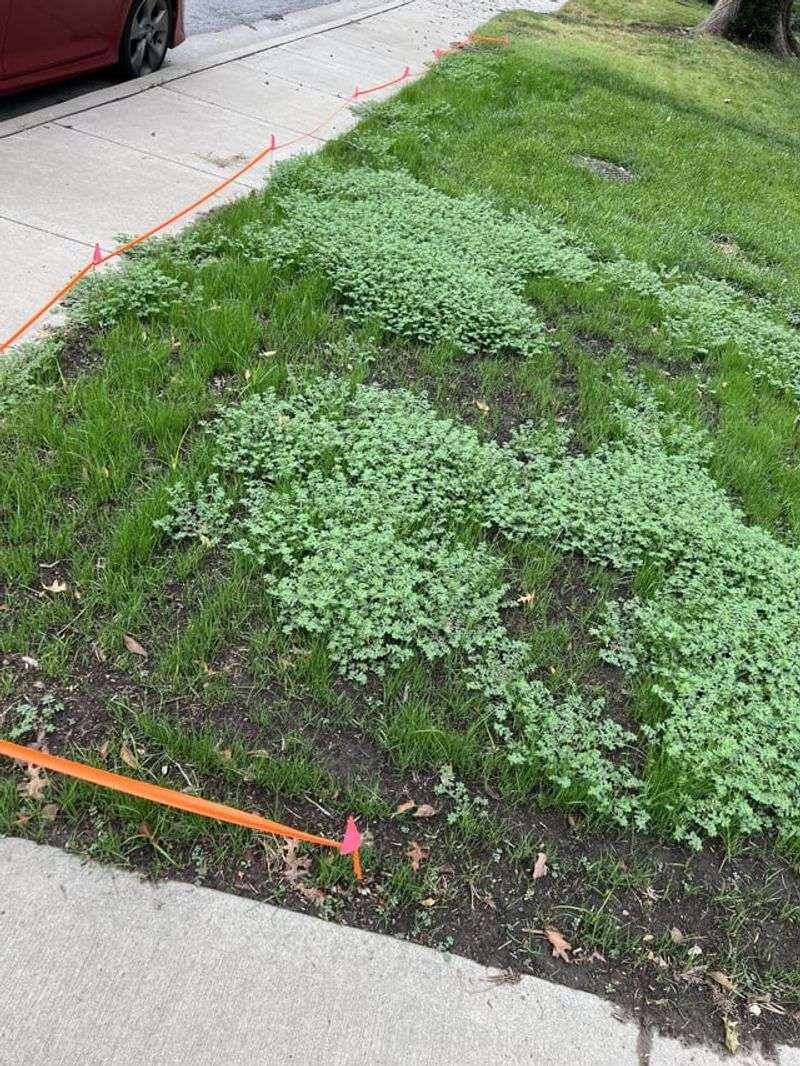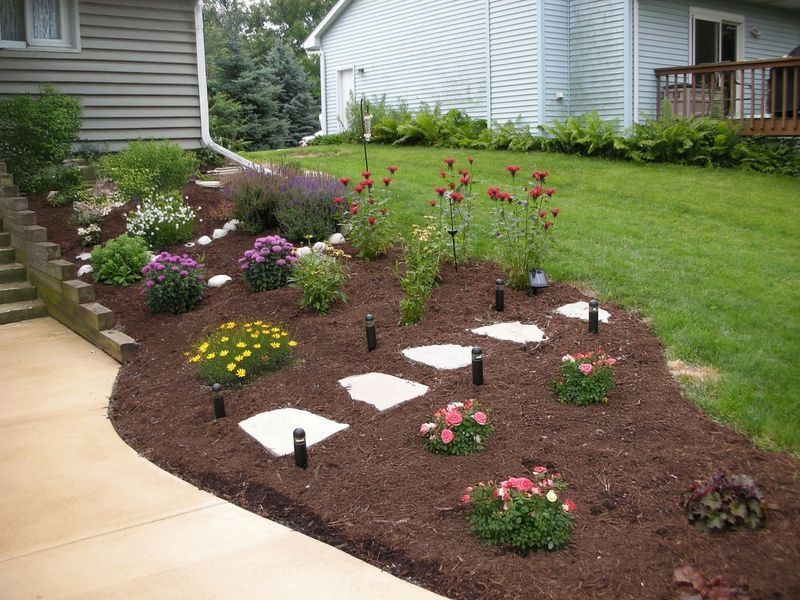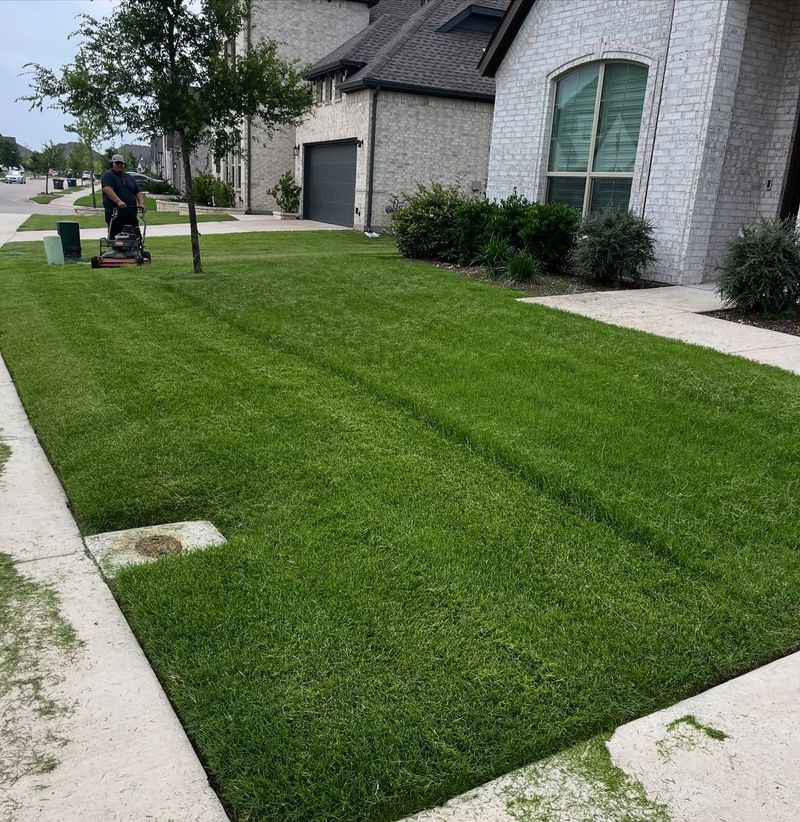Spurge weed is one of the toughest invaders Texas gardeners face, with its milky sap and stubborn root system making it a real headache. This pesky plant can quickly take over flower beds and lawns if not handled correctly.
Understanding the common mistakes people make when battling spurge can save you time, money, and a whole lot of garden frustration.
1. Waiting Until Spurge Mats Form
Many gardeners only notice spurge after it forms thick, sprawling mats across their garden. By then, the battle is much harder! Each plant can produce thousands of seeds, and those seeds might have already spread.
Early detection saves tremendous effort. Look for small seedlings with opposite leaves and pull them immediately when soil is moist. Regular garden inspections during spring and summer can prevent a full-blown infestation before it takes hold.
2. Pulling Without Proper Protection
Roll up your sleeves and grab those spurge weeds! Not so fast—that milky sap isn’t just messy, it’s potentially harmful. The white latex can cause skin irritation, rashes, and even blisters for many people.
Always wear waterproof gloves when handling spurge. Long sleeves provide extra protection, especially on hot Texas days when you might be tempted to go without. After weeding, wash your hands thoroughly even if you wore gloves, as the sap can remain on tools and surfaces.
3. Leaving Root Fragments Behind
Yanking spurge quickly feels satisfying but often leaves trouble underground. Those tiny root fragments left behind? They’ll sprout new plants before you know it!
Instead of hasty pulling, use a garden fork or trowel to gently loosen the soil around the spurge. Carefully remove the entire root system when the soil is slightly damp. For larger infestations, consider using a specialized weeding tool that can extract the complete root without breaking it.
4. Using the Wrong Herbicides
Grabbing any weed killer off the shelf might seem like a quick fix, but not all herbicides affect spurge effectively. Some products barely touch this tough weed, wasting your money and time.
Look specifically for products containing triclopyr, dicamba, or 2,4-D that mention spurge control on the label. Pre-emergent herbicides containing isoxaben work well to prevent seeds from sprouting. Always follow application instructions carefully—more isn’t better and can damage desired plants or contaminate soil.
5. Poor Timing of Control Methods
Attacking spurge during the hottest part of summer often leads to disappointment. The plants have already established strong root systems and likely produced thousands of seeds by then.
Early spring is your golden opportunity! Apply pre-emergent herbicides when soil temperatures reach about 55°F. For existing plants, target them while they’re still young seedlings—usually in early to mid-spring. Fall treatments can also help reduce next year’s population by preventing seed production.
6. Forgetting About Mulch
Bare soil is practically an invitation for spurge to move in and make itself at home. These opportunistic weeds thrive in exposed areas where their seeds can easily contact soil and germinate.
Apply a 2-3 inch layer of organic mulch around garden plants and in beds. Wood chips, pine straw, or shredded bark all work wonderfully. Mulch blocks sunlight from reaching spurge seeds, preventing germination while also conserving moisture for your desired plants—a win-win for Texas gardens!
7. Ignoring Lawn Health
Weak, patchy lawns roll out the welcome mat for spurge invasion. These weeds love nothing more than thin grass, compacted soil, and stressed turf areas where they face little competition.
Maintain a dense, healthy lawn through proper watering, fertilization, and mowing height. Most Texas lawn grasses should be kept at 2.5-4 inches tall depending on variety. Taller grass shades the soil surface, making it harder for spurge seeds to germinate. Core aeration helps reduce soil compaction that spurge thrives in.

